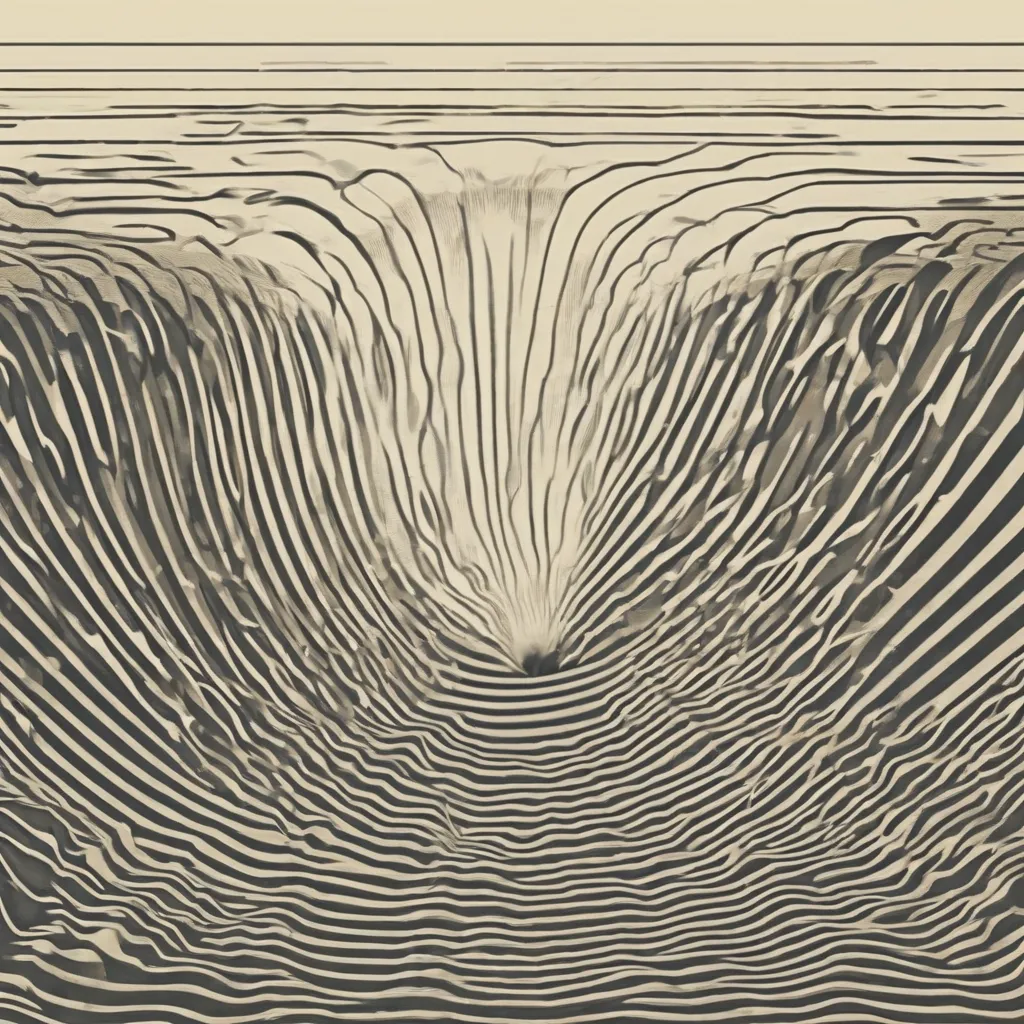Have you ever wondered why astronauts can’t hear each other in space without special equipment? Or why the vast expanse of the universe seems eerily quiet? The answer lies in understanding how sound travels—or rather, how it doesn’t—through a vacuum.
Let’s embark on a journey to explore the fascinating relationship between sound, vacuums, and the science of silence.
Sound: A Matter of Vibration
Imagine standing on the bustling streets of Hanoi, Vietnam. Motorbikes whiz by, street vendors hawk their wares, and traditional music spills from open doorways. All these sounds, as diverse as they are, share a common origin: vibration.
Sound is produced when objects vibrate, causing the surrounding medium—be it air, water, or even solid objects—to vibrate as well. These vibrations travel outward from the source in waves, much like ripples spreading across a pond. When these waves reach our ears, they cause our eardrums to vibrate, which our brains interpret as sound.
The Vacuum: A Soundless Void
Now, let’s journey from the vibrant streets of Hanoi to the silent emptiness of outer space. A vacuum, by definition, is a space entirely devoid of matter. Unlike the bustling atmosphere of Earth, a true vacuum contains no particles whatsoever.
This absence of matter is the crucial factor that prevents sound from traveling through a vacuum. Without a medium to carry the vibrations, sound waves simply cannot exist.
Why Astronauts Need Radios: Communication in Space
If you’ve ever watched a space movie, you’ve seen astronauts use radios to communicate with each other during spacewalks. This isn’t just for dramatic effect—it’s a scientific necessity.
When astronauts venture outside their spacecraft, they are surrounded by the vacuum of space. Without air to transmit sound waves, their voices would be swallowed by the silence, even if they shouted at the top of their lungs. Radios, however, transmit information through electromagnetic waves, which, unlike sound waves, can travel through the vacuum of space.
Beyond the Void: Sound in Other Environments
While sound cannot travel through a vacuum, it behaves differently in various mediums.
Sound in Water: Ever gone swimming in the ocean? Sound travels faster and farther in water than in air. This is why marine animals like whales can communicate over vast distances using underwater sound waves.
Sound in Solids: Did you know that you can hear a train approaching by putting your ear to the rail tracks long before you hear it through the air? Sound travels even faster through solids than liquids, as the molecules are packed more tightly together.
FAQs About Sound and Vacuums
Can light travel through a vacuum? Yes, unlike sound, light is composed of electromagnetic waves that do not require a medium to travel. This is why we can see distant stars and galaxies even though they exist in the vacuum of space.
If a tree falls in a forest and there’s no one to hear it, does it make a sound? This philosophical question highlights the difference between sound as a physical phenomenon and our perception of it. While the falling tree would create vibrations, without an observer with ears to perceive those vibrations as sound, there would be no “sound” in the subjective sense.
The Allure of Silence: Finding Tranquility
From the tranquil gardens of Kyoto’s Ryoan-ji Temple to the serene landscapes of Iceland’s Westfjords, seeking out silence and stillness can be incredibly grounding. While we may not experience a true vacuum on Earth, these peaceful destinations offer a respite from the constant bombardment of noise, allowing us to reconnect with ourselves and the natural world.
Discover More with Travelcar.edu.vn
Want to learn more about the wonders of science and the world around us? Explore these fascinating articles on our website:
- Can light waves travel through space? (link to https://travelcar.edu.vn/can-light-waves-travel-through-space/)
- Can sound travel in a vacuum? (link to https://travelcar.edu.vn/can-sound-travel-in-a-vacuum/)
At travelcar.edu.vn, we’re passionate about satisfying your curiosity and inspiring your next adventure. Start exploring today!
 Sound Waves in a Vacuum
Sound Waves in a Vacuum
 Astronaut Communicating in Space
Astronaut Communicating in Space